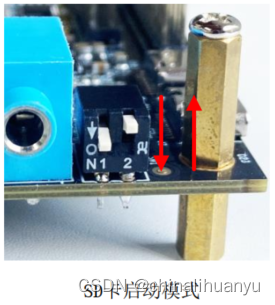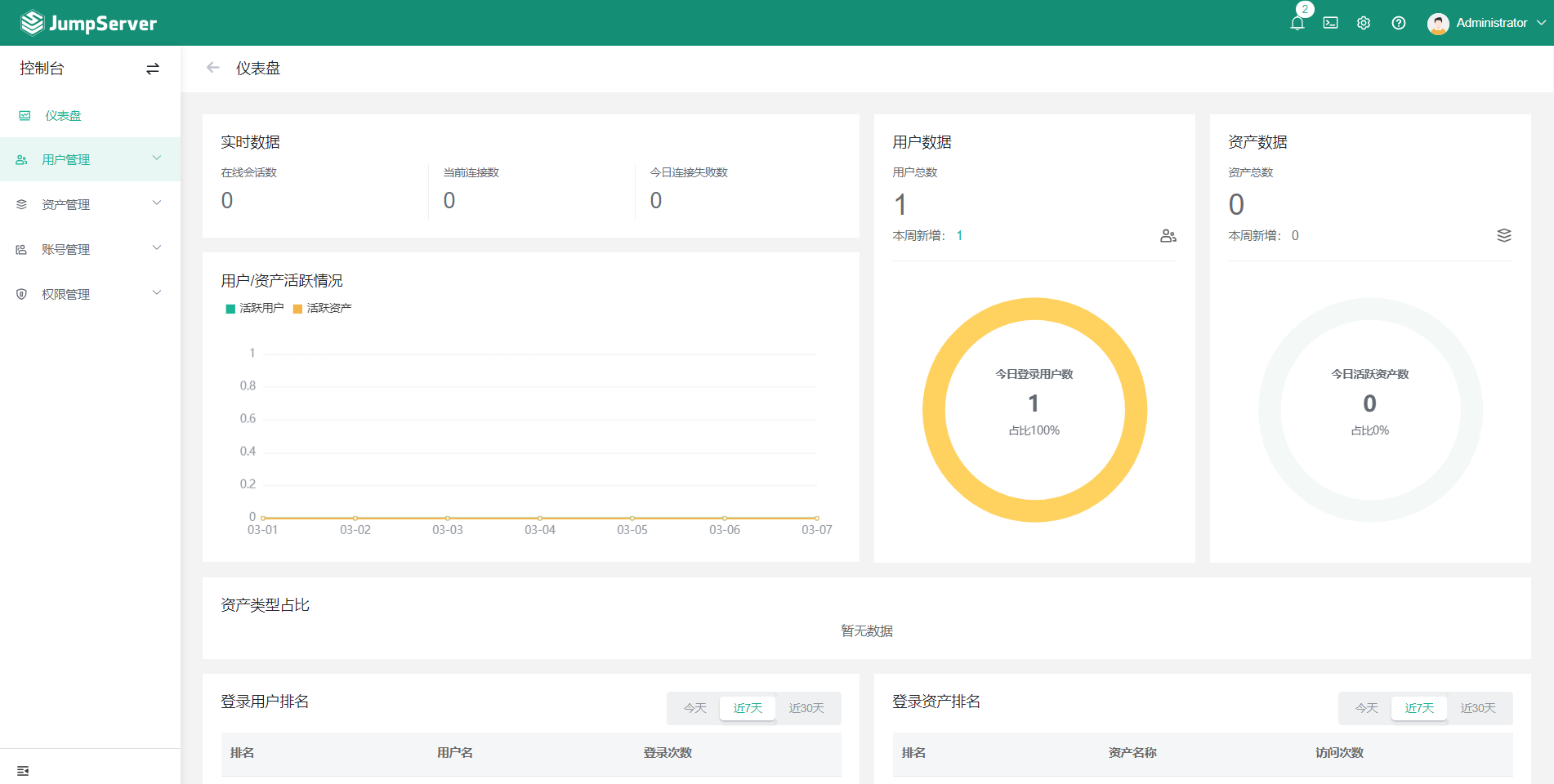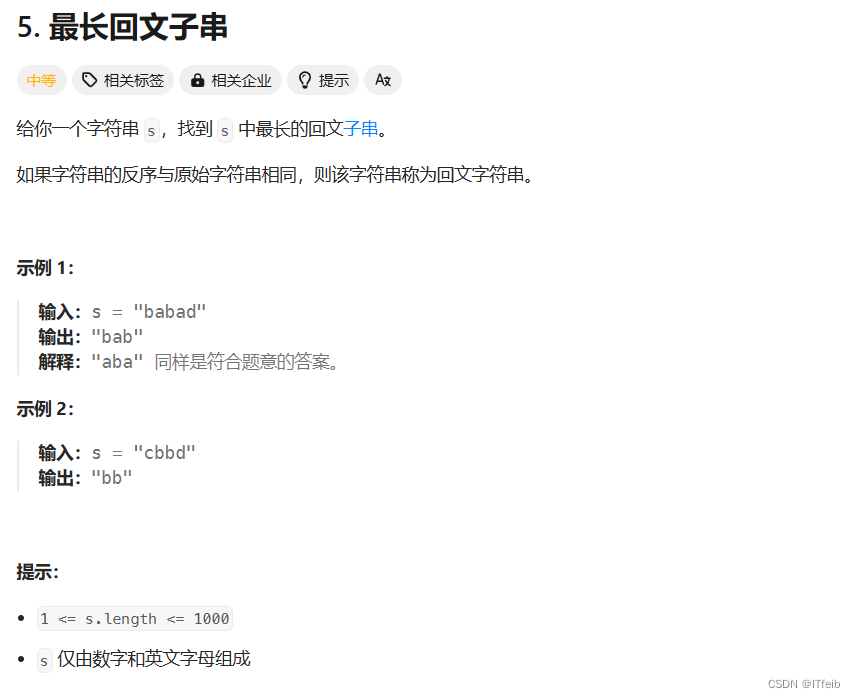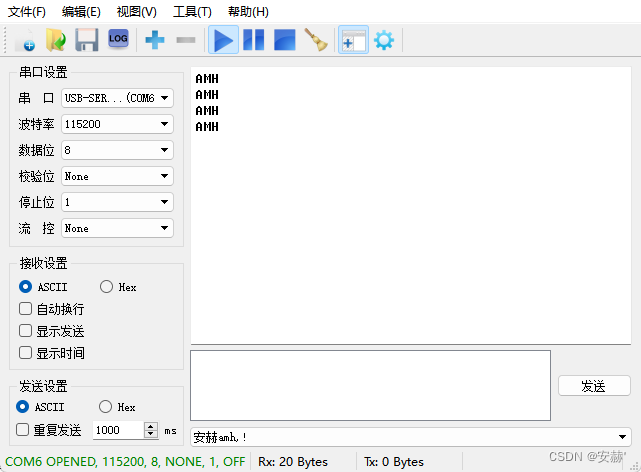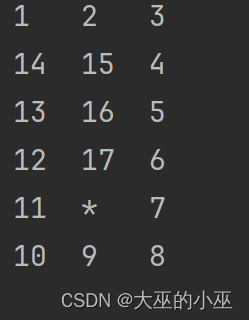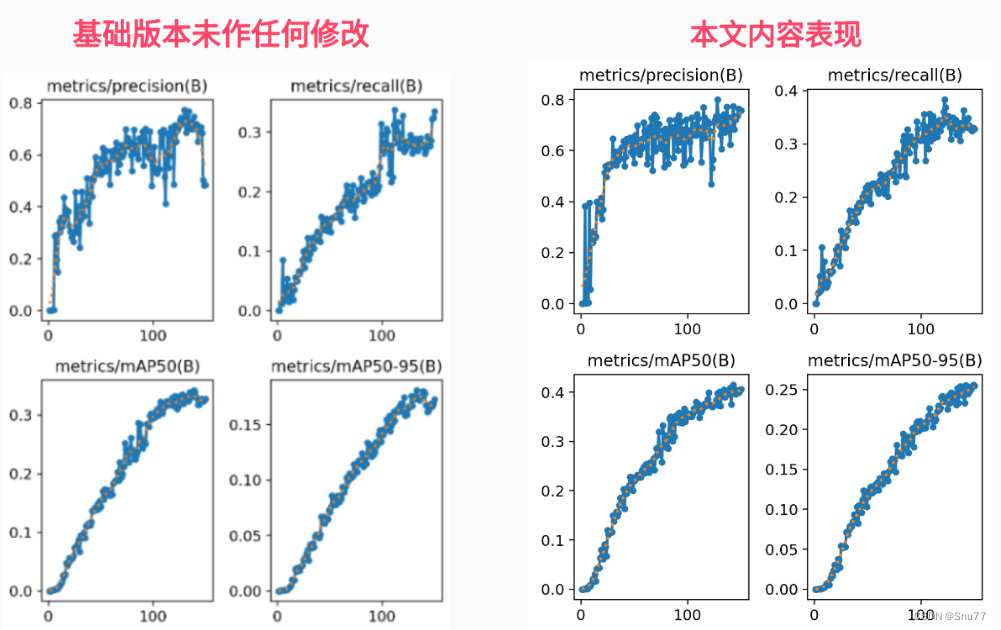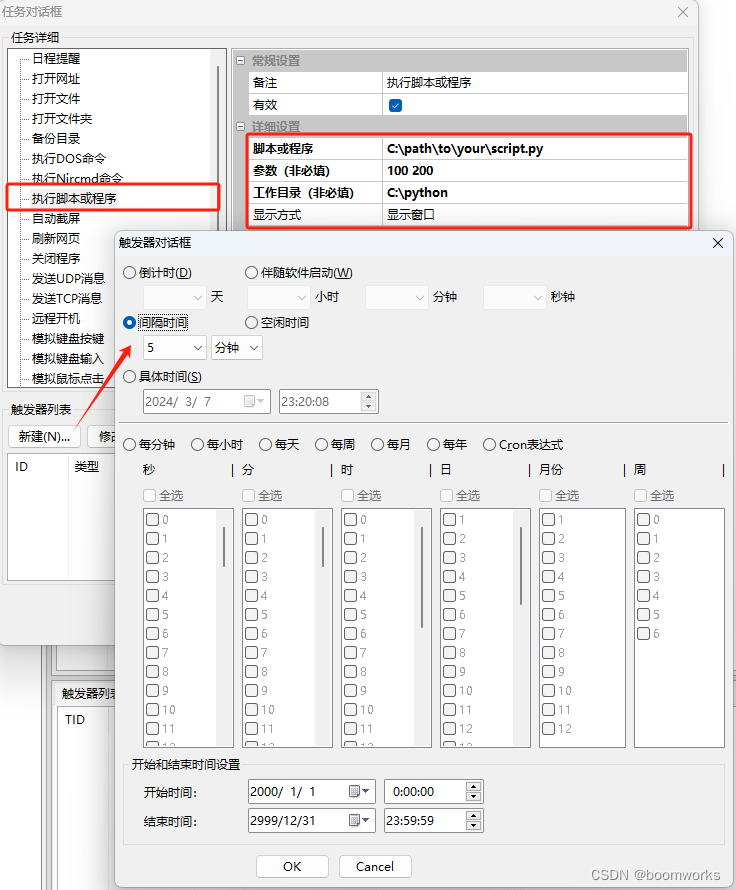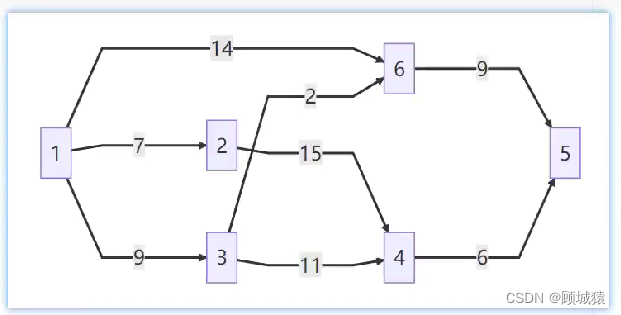


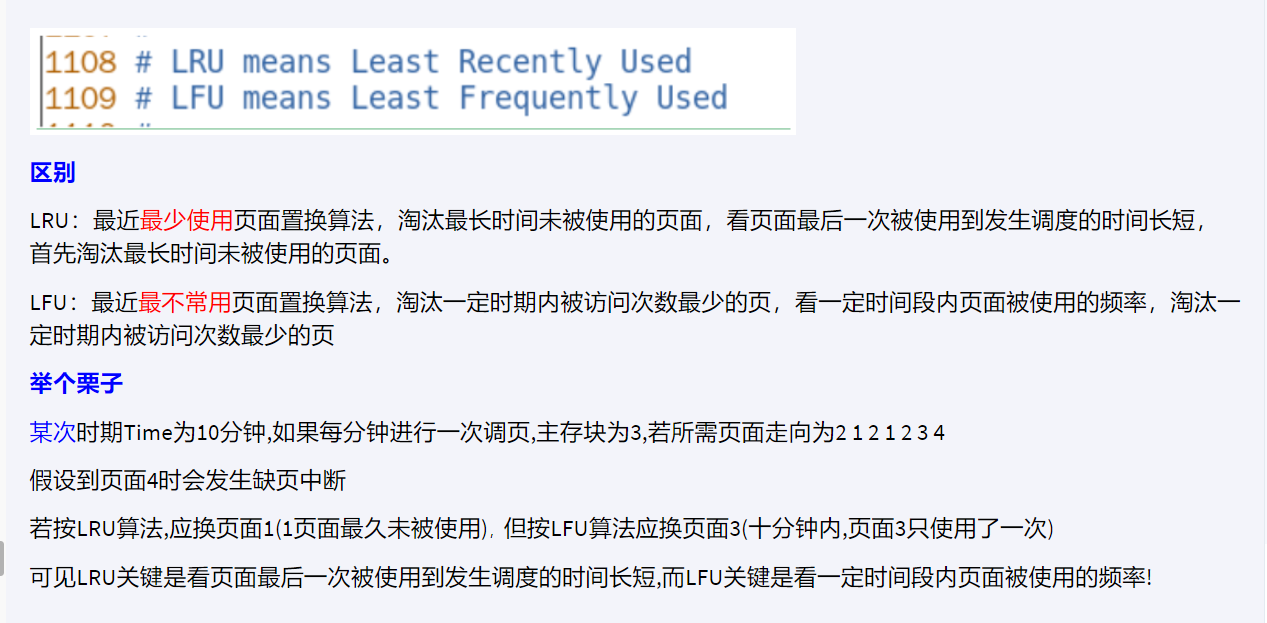



手写一个LRU:
import java.util.LinkedHashMap;
import java.util.Map;
public class LRUCache<K, V> extends LinkedHashMap<K, V> {
private final int cacheSize;
public LRUCache(int cacheSize) {
// 设置访问顺序为访问顺序,即最近访问的元素将被放置在队列尾部
super((int) Math.ceil(cacheSize / 0.75f) + 1, 0.75f, true);
this.cacheSize = cacheSize;
}
@Override
protected boolean removeEldestEntry(Map.Entry<K, V> eldest) {
// 当缓存大小超过设定值时,移除最旧(最近最少使用)的元素
return size() > cacheSize;
}
public V get(K key) {
return super.getOrDefault(key, null);
}
public void put(K key, V value) {
super.put(key, value);
}
}以上代码创建了一个继承自LinkedHashMap的LRUCache类,并重写了removeEldestEntry方法以在缓存满时自动删除最近最少使用的元素。构造函数中的0.75f是LinkedHashMap的负载因子,用于调整map的容量和性能之间的平衡,实际缓存大小我们设为传入参数cacheSize。
注意:这个实现没有处理线程安全问题,如果需要在多线程环境下使用,可以考虑使用ConcurrentHashMap或者其他并发容器,并对put和get操作进行同步控制。
具体使用
public class LRUCacheExample {
public static void main(String[] args) {
// 创建一个容量为3的LRU缓存对象
LRUCache<Integer, String> cache = new LRUCache<>(3);
// 插入元素
cache.put(1, "One");
cache.put(2, "Two");
cache.put(3, "Three");
// 输出缓存内容(此时应该是1 -> One, 2 -> Two, 3 -> Three)
for (Map.Entry<Integer, String> entry : cache.entrySet()) {
System.out.println(entry.getKey() + " -> " + entry.getValue());
}
// 访问已存在的元素,这将更新其在缓存中的位置(最近访问)
System.out.println("Get value: " + cache.get(1));
// 插入新的元素,由于缓存已满,最久未使用的键值对将会被移除
cache.put(4, "Four");
// 再次输出缓存内容,此时最旧的键值对1 -> One应该已经被移除
System.out.println("\nAfter adding a new item:");
for (Map.Entry<Integer, String> entry : cache.entrySet()) {
System.out.println(entry.getKey() + " -> " + entry.getValue());
}
}
}在上述LRU缓存实现中,当尝试插入第四个键值对(cache.put(4, "Four"))时,由于缓存容量限制为3个元素,且之前已经有三个键值对(1 -> One, 2 -> Two, 3 -> Three)存在,此时缓存已满。
由于LinkedHashMap的特性,在插入新的键值对时,它会自动将新插入的项移动到链表尾部,表示它是最近被访问或修改的。同时,通过重写removeEldestEntry方法,我们设置了当缓存大小超过设定容量(即size() > cacheSize)时,应当移除最旧的条目(即最近最少使用的条目)。
在这个例子中,因为没有其他键值对被访问过,所以最早插入的键值对1 -> One是当前最久未使用的项。因此,当插入第四个键值对时,LinkedHashMap内部机制将会触发removeEldestEntry方法,并返回true,导致键值对1 -> One被自动移除,从而为新的键值对4 -> Four腾出空间。
